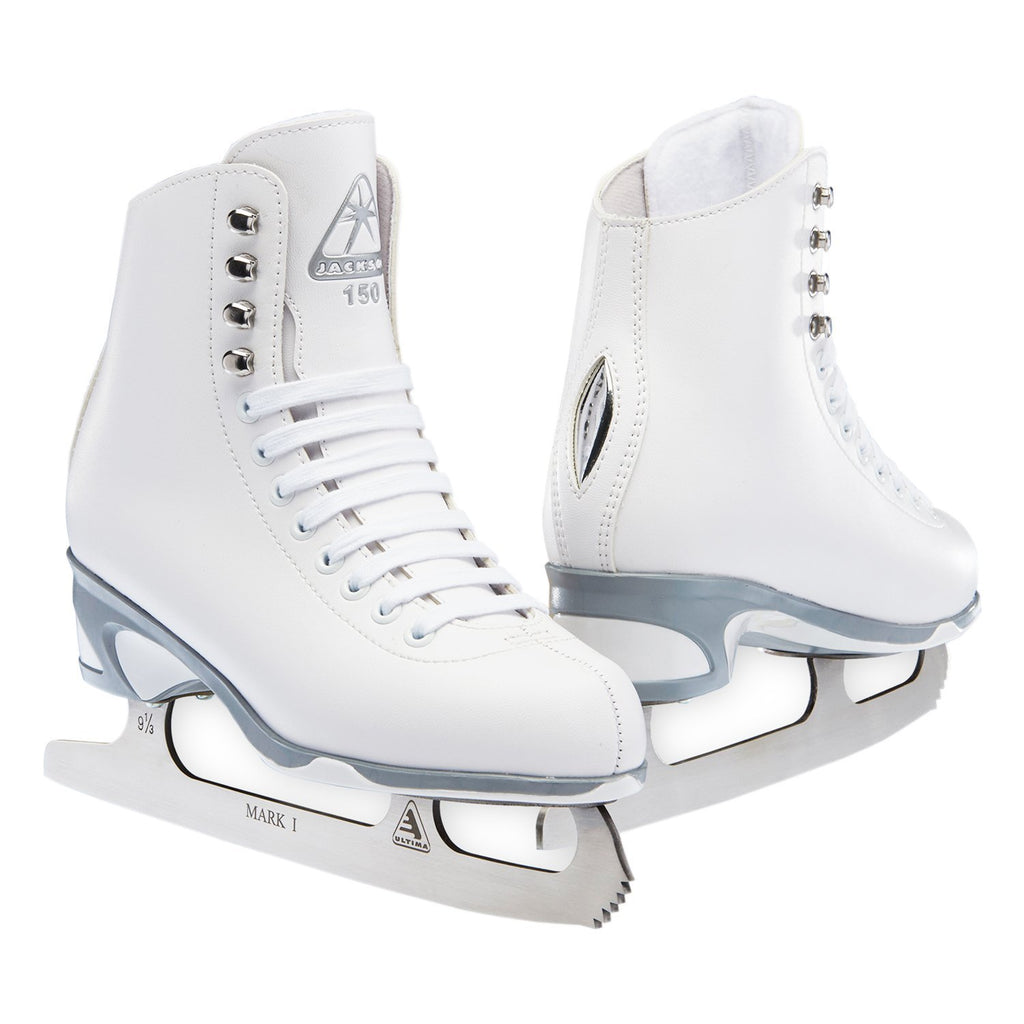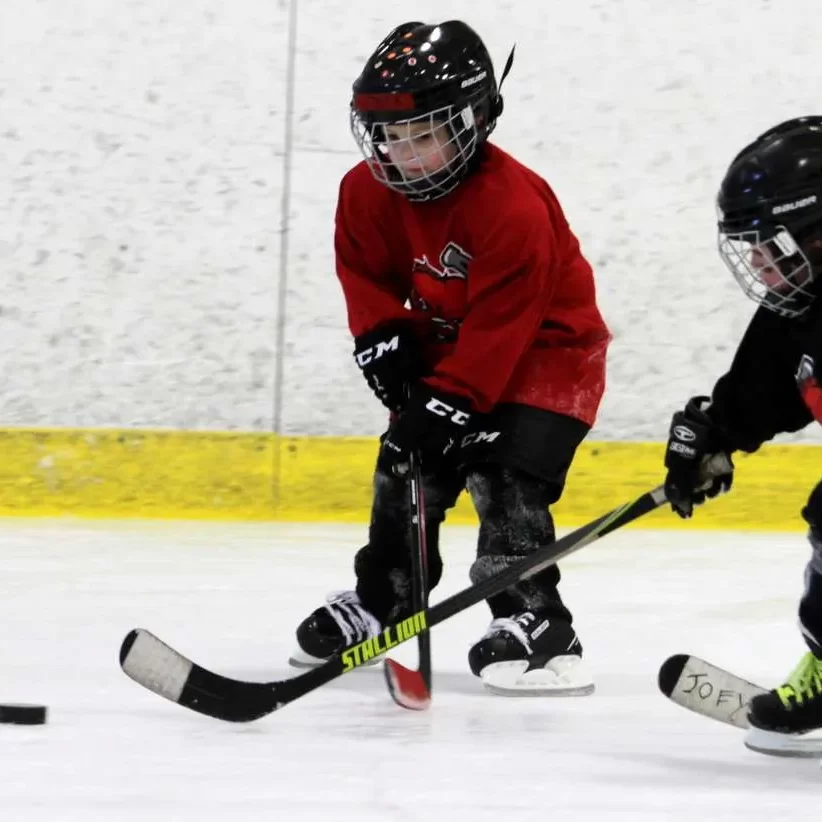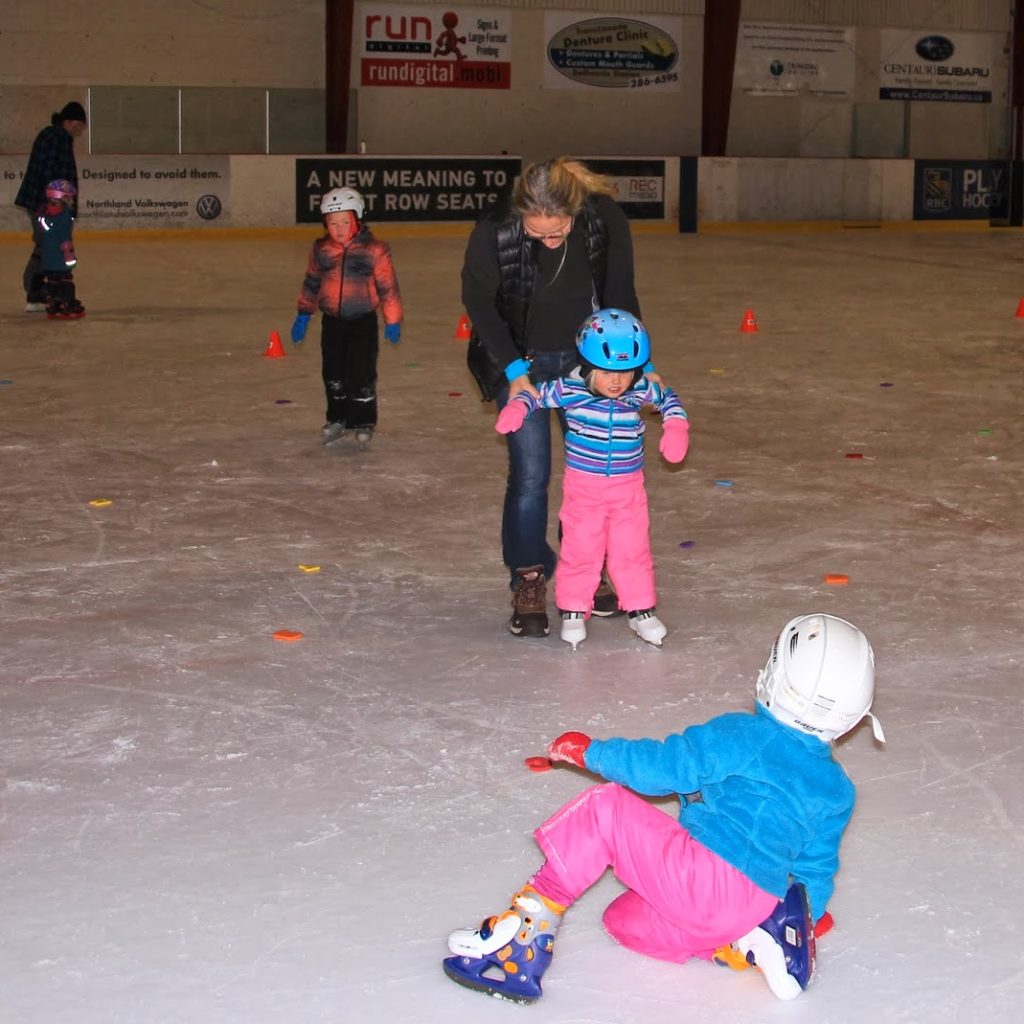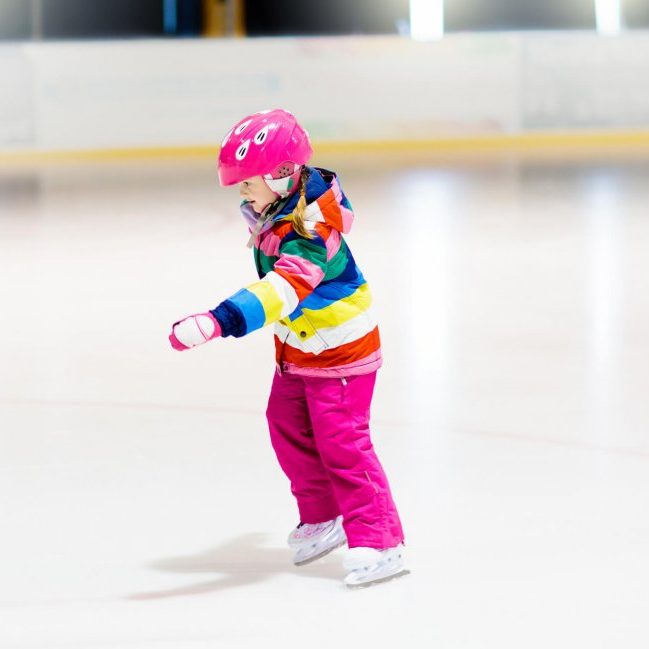Introduction to Ice Skating
Ice skating is a popular recreational activity enjoyed by people of all ages. It can be both an enjoyable pastime and a competitive sport. Whether at a local rink or a scenic outdoor venue, ice skating offers a unique combination of exercise and fun. The feeling of gliding across the ice is exhilarating and refreshing.
Understanding the basics of ice skating can make the experience more enjoyable and safer. This guide will cover essential techniques, types of skates, basic movements, and safety tips. From your first steps on the ice to more advanced skills, this comprehensive overview provides everything you need to confidently embrace this captivating sport.
Choosing the Right Ice Skates
Types of Ice Skates
When starting your ice skating journey, selecting the right skates is essential. There are different types of ice skates available, each serving diverse purposes. Figure skates feature a toe pick for jumps and spins, making them ideal for artistic skating. Their high boot offers additional ankle support, enhancing stability for beginners.
On the other hand, hockey skates are designed for speed and agility. They have a shorter blade with no toe pick, allowing quicker turns and maneuverability on the ice. For recreational skaters, traditional or rental skates often provide adequate support without the specifics of figure or hockey skates.
Understanding the differences in skates can help you choose the best option based on your skating goals. Visiting a local shop or rink can allow you to try on different types for the best fit. Properly fitting skates will enhance your confidence and performance on the ice.

Fitting Your Skates
Once you understand the types of skates, the next step is to ensure a proper fit. Skates should feel snug but not uncomfortable. This means that your toes should lightly touch the front of the boot without being cramped. When you bend your knees slightly, your heels should remain fixed in place.
It’s a good idea to wear thin socks specifically designed for skating. Avoid thick or fluffy socks, as they can interfere with the fit and lead to blisters. Additionally, remember that skates often come in various widths as well as lengths. Finding the right combination is crucial for comfort and performance.
Taking the time to get the right fitting will pay off. Properly fitted skates help with balance and control, which are key aspects of mastering ice skating. Comfortable skates will allow you to focus on learning and enjoying skating rather than discomfort or pain.
Basic Techniques for Ice Skating
Getting Started on the Ice
Before stepping onto the ice, it is important to take a moment to observe others. Watching experienced skaters can provide insight into how to approach the rink. Once ready, step onto the ice, and keep your knees slightly bent. Maintaining a low center of gravity helps with balance.
If you’re feeling nervous, consider holding onto a railing or seeking assistance from a friend. This can ease your transition onto the ice. Once you feel comfortable, start by gliding slowly and learning to control your movements. Practicing falling safely is also important; gently lower yourself to the ice while keeping your arms out to avoid injury.

Learning Your Stride
Once you’re comfortable on the ice, start practicing your stride. Push off with one foot while gliding on the opposite foot. The key is to maintain a smooth and flowing motion. Bend your knees slightly and keep your arms extended for balance.
Focus on alternating kicks to build momentum and gain confidence. As you master the basic stride, you will begin to feel more comfortable and in control on the ice. Consistent practice will help improve your stride and overall skating skills.
Building Your Skills
Stopping Techniques
An essential skill in ice skating is learning how to stop. There are a few techniques to choose from, but the “snowplow” stop is often recommended for beginners. To perform this stop, push your feet outward while applying pressure to the inside edges of your skates. This creates resistance, allowing you to slow down gradually.
Another technique to consider is the “T-stop.” When performing this stop, one skate is dragged behind the other while the foot remains planted. Both methods are effective, and practicing them will give you more confidence as you gain momentum on the ice.
As with any skill, practice stopping repeatedly until it becomes second nature. Remember that stopping safely contributes to overall skating confidence and reduces the risk of falls and collisions.
Turns and Crossovers
Once you’ve mastered stopping, turn your attention to basic turning techniques. First, learning to simply turn by shifting your weight from one foot to the other can add to your skill set. Keeping your knees bent helps maintain balance during turns.
As you progress, you can learn crossovers, which are vital for more advanced skating. Crossovers involve crossing one foot over the other while making tight turns. This technique allows skaters to maintain speed while navigating curves.
Start practicing slow crossovers in a controlled setup before integrating them into overall skating. As you build skills alongside practicing turns and crossovers, you will become more agile and confident.

Safety Tips for Ice Skating
Wearing Proper Gear
Safety should always be a top priority when ice skating. In addition to wearing properly fitted skates, consider donning protective gear. Helmets are especially important for beginners, as they can help prevent head injuries. Wrist guards, knee pads, and elbow pads are also recommended for added protection.
Wearing comfortable clothing that allows for freedom of movement is essential. Avoid loose clothing that might hinder balance or get caught in skates. Dressing in layers helps regulate body temperature and prevents overheating while skating.
Make sure to inspect your gear regularly. Check for any signs of wear and tear to ensure your equipment is in optimal working condition. Prioritizing safety gear will enable you to focus on learning and enjoy the experience of skating with added peace of mind.
Recognizing Ice Conditions
Understanding ice conditions is crucial for safe skating. Before stepping onto the ice, take a moment to assess its quality. Look for any cracks, rough spots, or uneven surfaces that may pose a risk. Skating on poor-quality ice can lead to falls and injuries.
If you are skating outdoors, be mindful of the weather and temperature. Ice can melt or become thin as temperatures rise, posing safety hazards. It’s also essential to be aware of other skaters and nearby activities while on the ice. Keeping a safe distance from others and being mindful of your surroundings will help prevent accidents.
Participating in Ice Skating Classes
Finding a Local Class
Joining an ice skating class is beneficial for those looking to improve their skills quickly. Local rinks often offer skating lessons for various skill levels. Instructors can provide valuable feedback and personalized guidance to help you develop your technique.
Research classes at a nearby ice rink or community center. Many places offer group and private lessons, allowing you to choose a format that fits your comfort level. Participating in classes can also introduce you to new friends who share your interests in skating.
Benefits of Structured Learning
Structured lessons provide a focused environment for learning essential skills. Instructors will typically cover stopping, turning, and basic jumps. Learning in a group setting can foster camaraderie and encouragement among participants.
As you progress, you’ll gain confidence and reach milestones more quickly. Classes also present opportunities to participate in organized skating events and showcases. Engaging in a structured learning environment enhances your overall skating experience.
Conclusion: Enjoying the Joy of Ice Skating
In conclusion, ice skating is an engaging and exhilarating activity that can be enjoyed by everyone. By selecting the right skates, mastering basic techniques, and following safety guidelines, you can enhance your experience on the ice. Remember the importance of practice and patience as you learn new skills.
Exploring local classes can further improve your technique and enjoyment. As you embrace the challenge of ice skating, you’ll find joy in both the learning process and the exhilaration of gliding across the ice.
So lace up those skates, step out onto the ice, and enjoy the freedom and excitement that ice skating offers. Embrace the community, continue to improve, and let the delightful experience of ice skating enrich your life!
